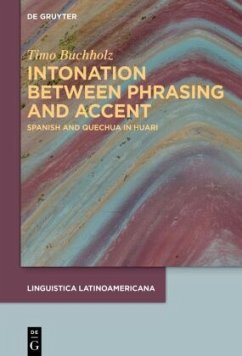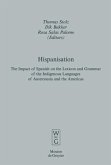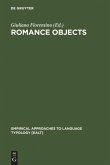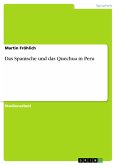Are our concepts from prosodic typology, like word stress, pitch accent, head-/edge-prominence, really that tightly linked to individual languages? How are meanings often signaled via intonation in European languages, like information structure and sentence type, expressed in communicative acts between speakers who are bilingual in such a European language, Spanish, and one in which many of these meanings are expressed by morphology, Quechua?
Based on semi-spontaneous dialogical elicitation data in both Spanish and Quechua gathered via fieldwork in the bilingual community of Huari, Peru, this work provides some challenging answers to these questions. Besides being the first detailed description of the prosody of a Central Quechuan language, it provides an in-depth study of the intonational systems and prosodic structures of the two languages and shows that their variation spaces overlap to a large extent, in turns exhibiting or not exhibiting evidence of word stress, pitch accents, lexical pitch accents in loanwords, and head- or edge-prominence.
Based on semi-spontaneous dialogical elicitation data in both Spanish and Quechua gathered via fieldwork in the bilingual community of Huari, Peru, this work provides some challenging answers to these questions. Besides being the first detailed description of the prosody of a Central Quechuan language, it provides an in-depth study of the intonational systems and prosodic structures of the two languages and shows that their variation spaces overlap to a large extent, in turns exhibiting or not exhibiting evidence of word stress, pitch accents, lexical pitch accents in loanwords, and head- or edge-prominence.








